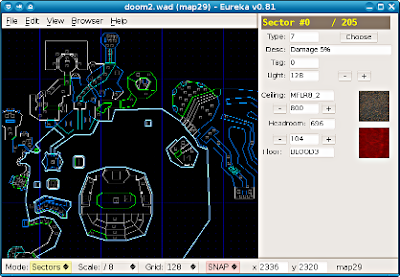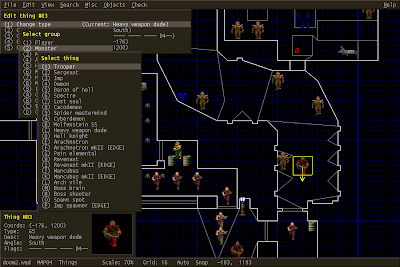This week, the book on top is Weaving the Web by Tim Berners-Lee.
A fascinating story of the Web early days. How it was conceived and how it was shaped into the phenomenon we know it today.
In that book you can find a very interesting fact - the first web browser, implemented on NeXT, was an editor as well. Tim Berners-Lee considered back then, that a WWW user would not only view information, but will participate in editing.
Once GUI browsers got implemented for other platforms, developers made them as viewers. Partly because it was so much harder to implement editing features on other platforms. But mostly because users in general didn't mind to work directly with html.
The history made an unexpected turn after all. Browsers haven't became web-editors as Tim Berners-Lee initially envisioned. But they became powerful application platforms instead and now they can support such an editor running inside them.
When the Web 2.0 term was coined, the main idea was that from now on a web site is not relying only on the content created by a centralised publisher, but rather on the content generated by users - e.g. blogs, wikis, social networks... So fresh and innovative!
In fact, the system, where users are responsible for generating the content, was the initial idea of WWW. That is why the first web browser was an editor as well. And that is why the Web 2.0 could be called the Web 0.9.
The point is that marketers could take an idea and proclaim it as totally new and revolutionary. When in fact it was the original idea envisioned by the genius. And I'm not talking about AJAX or minor technological improvements here - I mean the concept of WWW.
Another point is that even geniuses could be wrong in prediction how their idea would evolve. But in case of Web, the unexpected evolution gave us the world originally envisioned by Tim Berners-Lee - where users use browsers to universally access and edit information.
So I create this content and put it on the Web 0.9 :)



